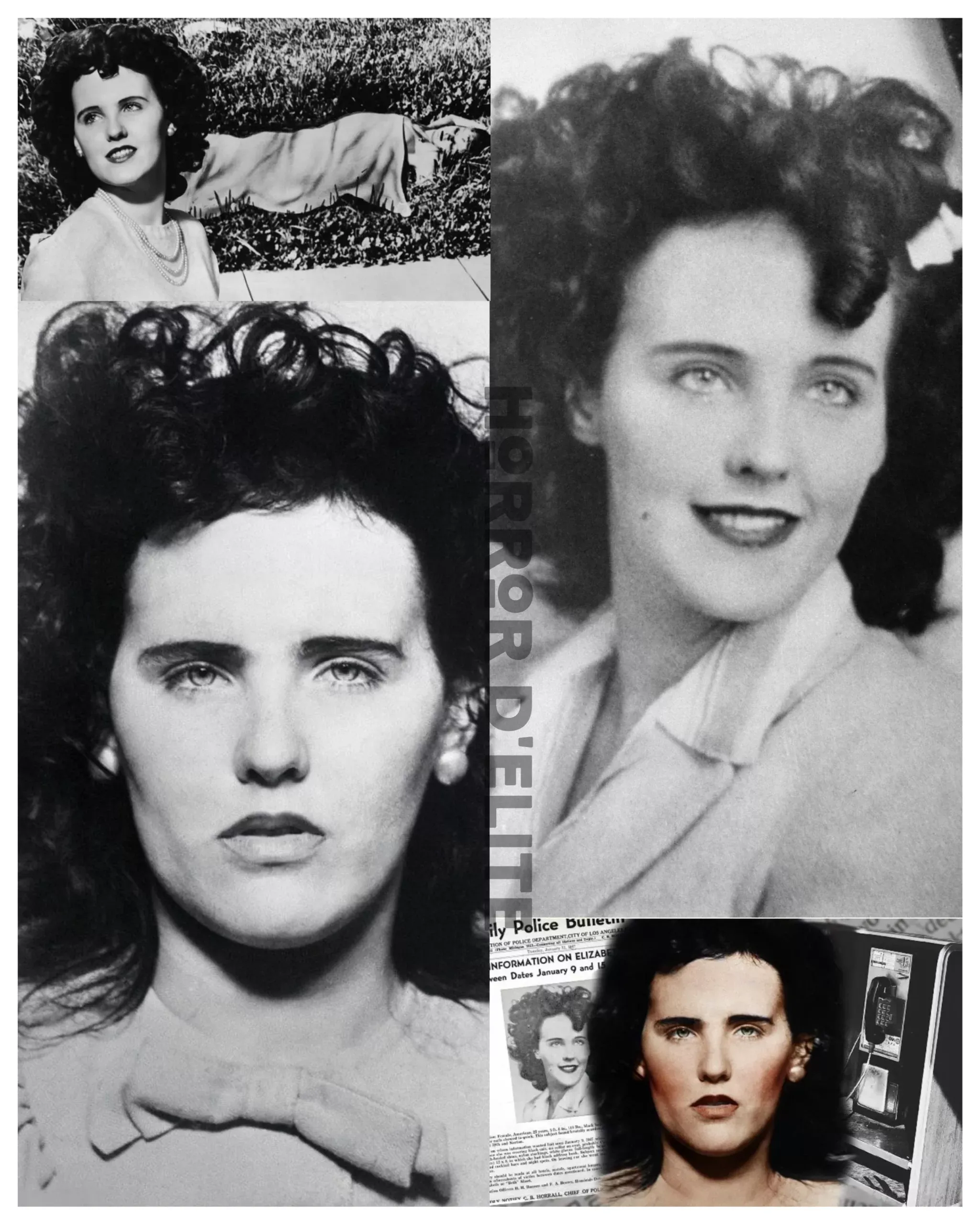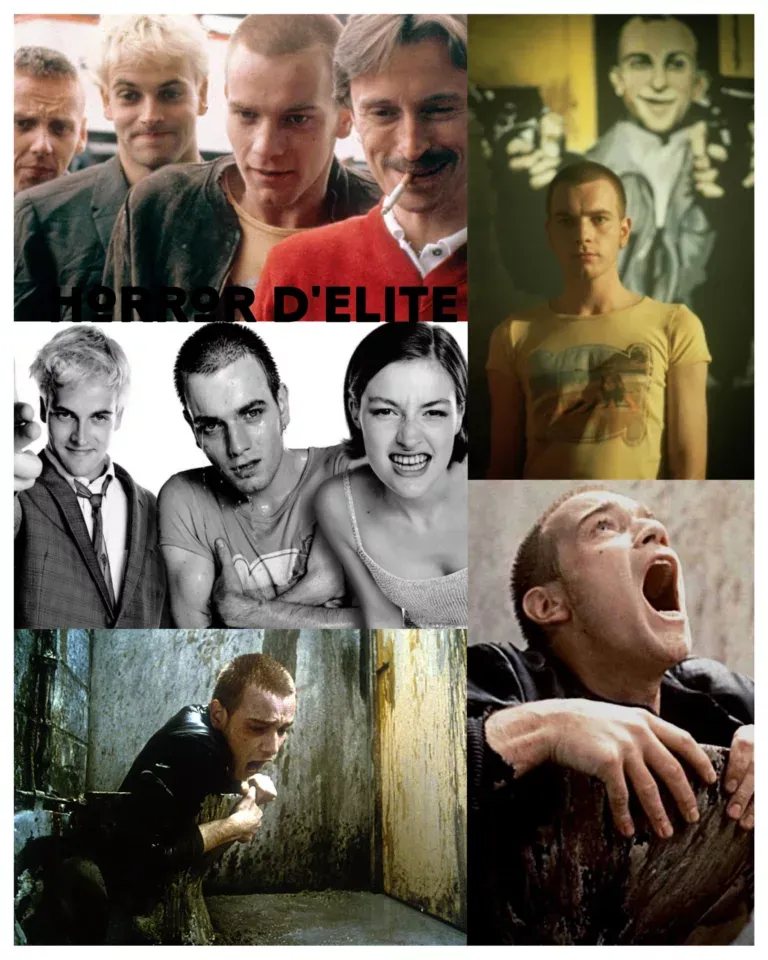The Black Dahlia Case
The Black Dahlia Case
The Black Dahlia Case, whose real name was Elizabeth Short, was a young woman whose tragic life culminated in one of the most well-known and mysterious murder cases in history.
On January 15, 1947, her body was found brutally mutilated and severed in two parts in a desolate field in Los Angeles.
Elizabeth, nicknamed the “Black Dahlia” by the media, was a captivating woman but plagued by a series of personal difficulties.
Her death garnered extensive media coverage and numerous theories about her killer.
Investigations revealed that Elizabeth led a complicated life, frequenting various social circles and having many acquaintances.
However, the mysterious murder remained unsolved, fueling conspiracy theories, suspicions about potential culprits, and speculations about her life.
Investigators struggled to find concrete evidence, and the Black Dahlia case became emblematic in popular culture.
Stories, books, and films have drawn inspiration from this dark event, contributing to keeping the focus on one of the most famous unsolved crimes in American history.
The brutality of the murder and the absence of a designated culprit have fueled collective imagination, leading to numerous theories about what might have truly happened.
Despite the passing years, the Black Dahlia remains an enigma, an open wound in investigative history that remains unresolved.
Certainly, I can delve into some aspects.
The murder of the Black Dahlia had a lasting impact not only for its brutality but also for how it was presented by the media of the time.
The press fueled sensationalism, creating a kind of mythology around Elizabeth Short, turning her into a tragic icon.
The killer’s modus operandi, which included the body being severed in two parts, added a morbidly fascinating element to the horror of the crime.
This particular gruesome detail contributed to emerging theories and speculations about the disturbed and psychopathic mind of the killer.
Official investigations, despite the efforts of the police, never led to a culprit.
Numerous suspects were discussed, but none were ever definitively indicted.
This further fueled the legend of the Black Dahlia, turning her into a symbolic figure of an unjustly treated victim.
The case also raised questions about the investigative capabilities of the time and the media handling of crimes.
The lack of advanced technologies and media pressure may have contributed to the investigative impasse, but it also made the case even more mysterious and fascinating.
Ultimately, the murder of the Black Dahlia persists as an intricate and dark mystery in criminal history, with its shadow still looming today, almost eighty years after that tragic day in 1947.
Then we can also examine the social context of the time when the murder of the Black Dahlia occurred. The post-war period in the United States was a time of change and transition, with many people seeking to rebuild their lives after the horrors of World War II.
In this context, Elizabeth Short’s murder became a kind of metaphor for the hidden shadows behind the glitter of post-war California.
1940s Los Angeles represented an image of glamour and prosperity, with Hollywood at the center of the global film industry.
However, the story of the Black Dahlia revealed a dark and disturbing side of this city of angels.
The contrast between the Hollywood of dreams and the darker side of nightlife, with its crime and corruption, helped create a unique atmosphere around the case.
The murder of the Black Dahlia also had an impact on gender dynamics at the time.
Elizabeth Short, with her complicated past and tumultuous life, represented a figure that challenged the traditional stereotypes of women at the time.
This element added an additional layer of complexity to the media narrative and interpretations of the case.
Ultimately, the murder of the Black Dahlia is not just a criminal mystery but a fascinating snapshot of post-war American society, with all its contradictions and shadows.
Over the years, numerous theories and esoteric paths have emerged regarding the murder of the Black Dahlia.
Some mystery enthusiasts have speculated about connections to the world of occultism or even secret rituals.
Some argue that the details of the murder, such as the precision of the mutilations and the arrangement of the body, may have connections to esoteric symbolism.
However, it is important to emphasize that these theories have never been corroborated by concrete evidence and are widely regarded as unfounded speculation.
The enigmatic aspect of the murder of the Black Dahlia has contributed to generating these more mystical theories, but it is essential to distinguish between unsupported speculation and concrete investigative facts.
While some people find exploring the esoteric side of the case fascinating, its resolution remains a mystery, and the most fanciful theories have never been proven.







